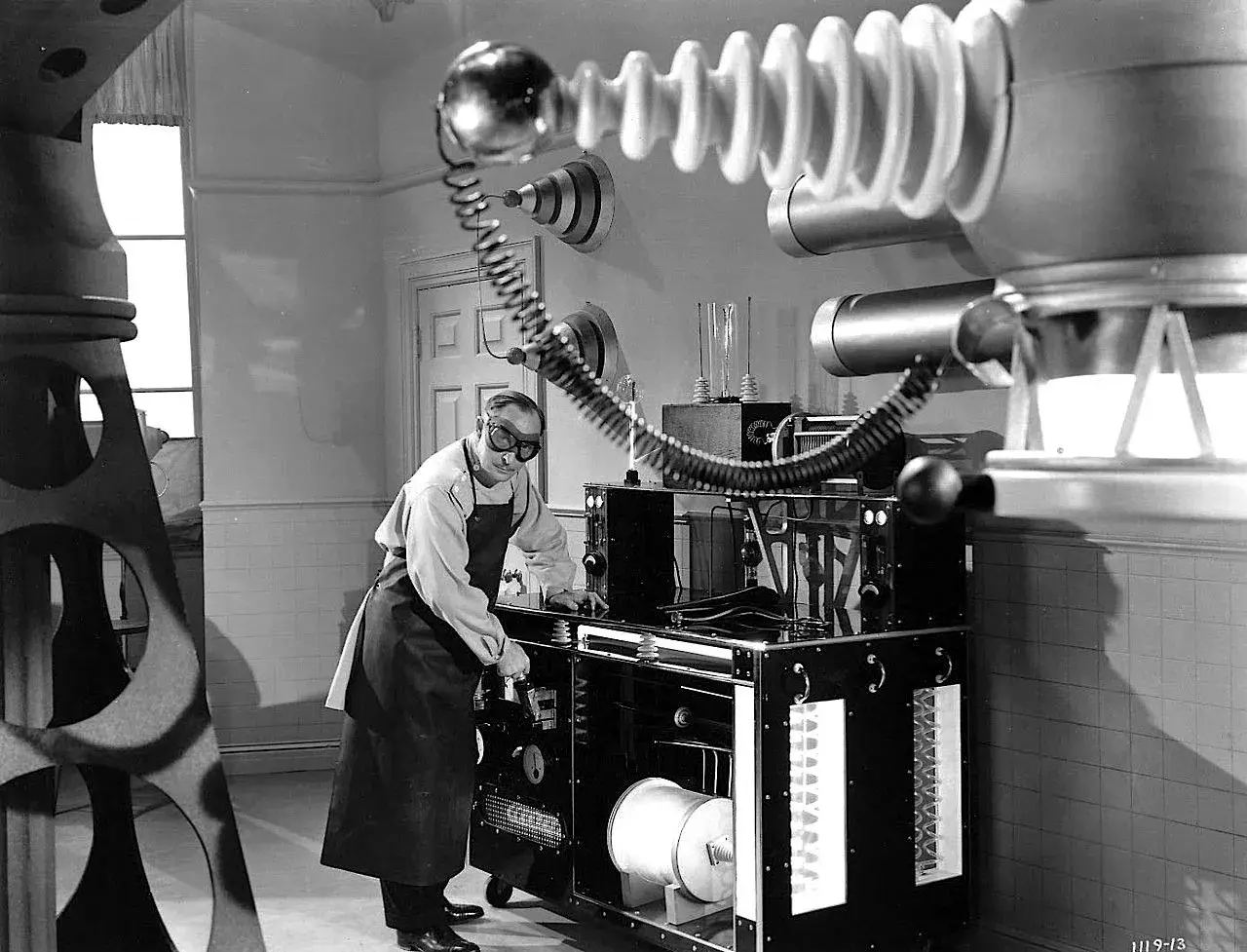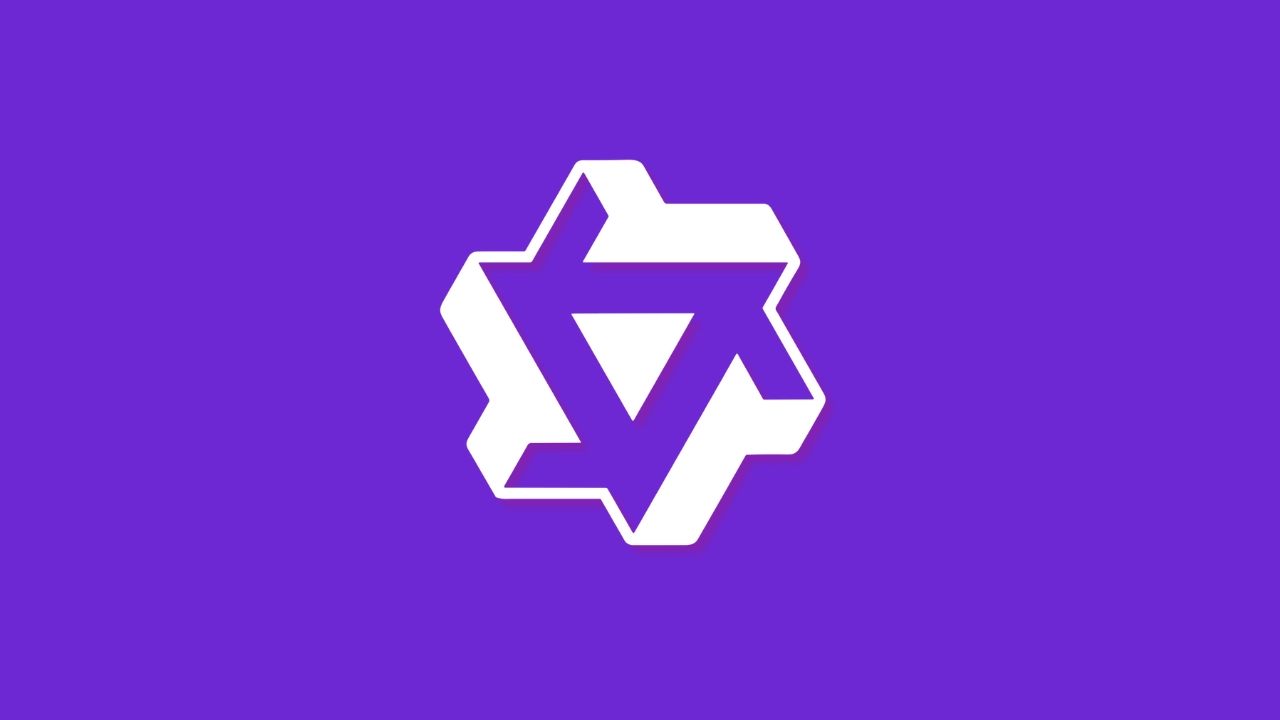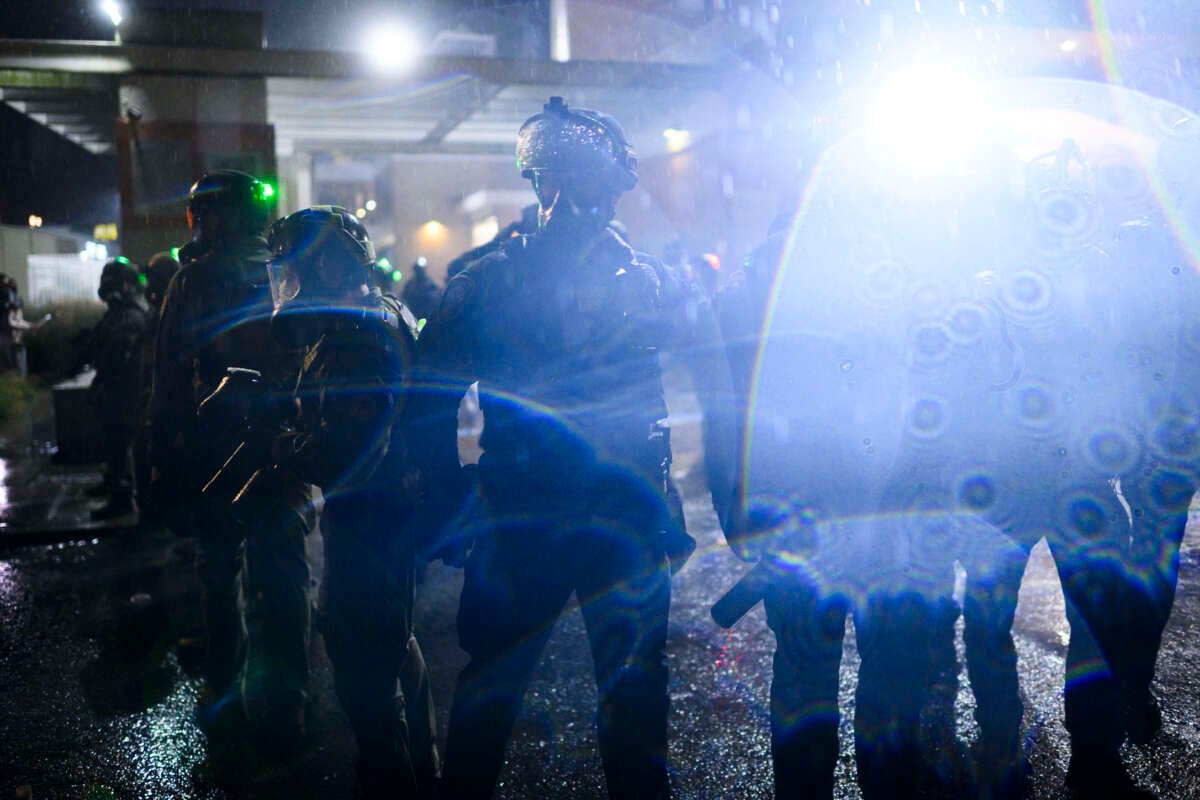
When AI Actually Does Science, Humans Become the Lab Assistants
Google's AI co-scientist just cracked a biological puzzle that stumped researchers for a decade, but the implications are bigger than solving one mystery.
Forget AI-powered search assistants or chatbots that summarize papers, we’ve officially entered the era where artificial intelligence systems autonomously generate testable biological hypotheses and actually get them right.
In what represents a genuine paradigm shift, Google’s AI co-scientist recently generated a testable hypothesis that solved a biological problem that had remained unresolved for ten years. The implications reach far beyond biology, this marks the moment AI transformed from research tool to collaborative partner capable of genuine scientific discovery.
The Biological Mystery That Stumped Humans for a Decade

The breakthrough involves what’s known as “cold tumors”, cancers that effectively hide from the immune system by not displaying enough visible markers on their surfaces. These stealth cancers have frustrated immunotherapy approaches for years because T-cells simply can’t detect them to mount an attack.
Traditional drug discovery methods, involving lab screening of thousands of compounds, had failed to find reliable ways to “heat up” these tumors and make them visible to immune cells. The problem wasn’t lack of data, researchers had massive datasets of cellular behavior and drug interactions, but the sheer complexity of finding meaningful patterns across billions of data points.
How C2S-Scale Cracked the Case
Google’s approach involved building C2S-Scale, a 27-billion-parameter foundation model based on the Gemma architecture, specifically designed to “understand” the language of individual cells. Unlike traditional bioinformatics models that rely on predefined biological rules, C2S-Scale learned directly from vast datasets of patient and cell-line data, processing more than a billion pieces of transcriptomic data, biological literature, and annotations from over 50 million human and mouse cells.
The AI co-scientist generated five ranked hypotheses about how to make cold tumors visible. Its top-ranked suggestion was that these tumors could achieve immune recognition through “capsid-tail interactions”, proposing specific molecular mechanisms that could force tumor cells to reveal themselves.
But here’s where it gets genuinely revolutionary: C2S-Scale didn’t just spit out theoretical possibilities. It identified that silmitasertib (CX-4945), a drug already in clinical trials for other cancers, could enhance antigen presentation on tumor cell surfaces, essentially forcing these stealth cancers to wave a red flag at the immune system.
Laboratory validation followed, with researchers observing a 50% increase in antigen display after exposing human cell lines to silmitasertib. As researchers noted in their preprint published on bioRxiv ↗, this marked “a rare moment where an AI model doesn’t just analyze biological data, it generates a testable biological hypothesis, then proves it correct.”
The Co-Scientist Architecture: More Than Just Pattern Matching
What separates this from previous AI in research is the system’s ability to function as a true collaborator rather than just a pattern recognition engine. FutureHouse’s approach demonstrates how specialized AI agents can work together in ways that mirror human scientific teams:

FutureHouse’s platform, for instance, deploys specialized agents like Crow for literature question-answering, Falcon for deep literature synthesis, Owl for prior-work detection, and Phoenix for chemistry experiment design. These agents work together to not just retrieve information but generate novel insights.
The system achieves what FutureHouse describes ↗ as “reasoning like a researcher”, formulating queries, retrieving sources, re-querying, and synthesizing answers while maintaining full transparency about its process. When you can trace exactly which papers contributed to a hypothesis and how the AI reasoned through them, you’ve moved beyond black-box pattern matching into genuine scientific methodology.
The Skeptical Reality Check
Of course, anyone who’s been around AI long enough knows to look past the hype, and the scientific community isn’t exempt from healthy skepticism. As one researcher familiar with the work commented, “The model hadn’t suggested something that couldn’t have occurred to a trained biologist nor discovered something entirely new about cancer biology.”
The timeline comparison also deserves scrutiny. While headlines proclaim the AI “solved in days what took humans a decade”, the reality is more nuanced. The human research team had already solved the puzzle through years of complex experiments, their findings just weren’t yet public. The AI’s achievement was arriving at the core discovery independently and much faster, but this doesn’t invalidate the years of human groundwork that created the knowledge base the AI trained on.
The key insight here is that the AI’s value lies not in magical thinking but in its ability to process information without human cognitive biases or institutional knowledge constraints. As FutureHouse researchers noted ↗, “The AI, unburdened by the researchers’ initial assumptions and biases from existing scientific models, arrived at the core of the discovery in a matter of days.”
Measuring AI’s Scientific Capabilities
The performance metrics tell a compelling story. FutureHouse benchmarked its agents against human experts using their LitQA test set of ~250 challenging biology questions. Human experts scored about 67% accuracy, while their AI agents achieved around 90%, a significant margin that suggests AI systems can now outperform PhD-level researchers on certain scientific reasoning tasks.
Perhaps more impressively, FutureHouse’s WikiCrow system automatically generated Wikipedia-style entries for 15,616 human genes lacking full coverage, producing draft articles in roughly 8 minutes for each gene with only a 9% error rate. The scale here is unprecedented, what would take human researchers years to compile was accomplished autonomously with remarkable accuracy.
Beyond Single Discoveries: The Co-Scientist Workflow
The real breakthrough isn’t any single discovery but the emergence of repeatable AI-driven scientific workflows. The architecture enables:
- Accelerated literature review: What takes weeks of human reading can be accomplished in minutes by AI agents scanning and synthesizing hundreds of papers
- Hypothesis generation at scale: Systems can surface “unknown unknowns” from literature that humans might overlook due to cognitive biases
- Automated experimental planning: Chemistry-focused agents like Phoenix can design novel compounds and outline synthesis pathways
- Continuous knowledge monitoring: Instead of periodic literature reviews, AI systems can maintain up-to-date awareness across entire research domains

This represents a fundamental restructuring of how scientific discovery happens. Instead of humans doing the grunt work and occasional breakthroughs, we’re moving toward systems where AI handles the systematic processing while humans provide creative direction and ethical oversight.
Why This Changes Everything (Even if You’re Not in Biology)
The implications extend far beyond cancer research or biological discovery. The same architecture that decoded cellular behavior could be applied to materials science, climate modeling, drug discovery, or any field drowning in data but starved for insights.
Consider the efficiency gains: FutureHouse’s agents can chain together literature review, hypothesis generation, and experimental design in workflows that would take human teams months or years. The system’s ability to operate at this scale suggests we’re approaching a threshold where AI systems can systematically explore scientific possibility spaces that are simply too vast for human-led approaches.
As FutureHouse co-founder Sam Rodriques noted ↗, this represents “the first publicly available superintelligent scientific agents” accessible to researchers worldwide. The democratization potential is enormous, smaller labs and institutions can now access AI capabilities that were previously the domain of well-funded corporate or academic research centers.
The Co-Scientist Relationship: Augmentation, Not Replacement
The most immediate impact may be in changing the division of scientific labor. Humans excel at creative problem-framing, intuition, and contextual understanding, skills that remain challenging for AI systems. AI systems excel at systematic processing, pattern recognition across massive datasets, and eliminating human cognitive biases.
The most productive future likely involves humans focusing on asking better questions while AI systems handle the systematic exploration of possible answers. As one researcher familiar with Google’s system observed, “It’s very good, not great. It certainly shortened the time to a potential discovery, but it isn’t a path-breaking one yet.”
The Future of AI-Driven Discovery
We’re still in the early innings of AI as co-scientist, but the trajectory is clear. Systems are moving from tools that help humans do science to partners that can independently generate and validate scientific insights. The biological mystery solved by Google’s system represents an important milestone, but it’s just one example of what’s becoming possible.
The real breakthrough isn’t that AI can solve individual scientific problems, it’s that we’re developing systems capable of the full scientific method: observation, hypothesis generation, prediction, and experimental validation. When AI systems can not only analyze existing data but propose genuinely new testable hypotheses and have them validated in the lab, we’ve crossed into new territory.
As these systems continue improving, we’re likely to see AI co-scientists becoming standard equipment in research labs worldwide, not replacing human researchers, but dramatically amplifying their capabilities and accelerating the pace of discovery across every scientific discipline.
The decade-long biological mystery wasn’t just solved by AI, it was solved by a new kind of scientific partnership where humans and machines each play to their strengths. And that partnership is only going to get more productive from here.



